Optimal Timing for Land Clearing
Land clearings are most effective when conducted during specific times of the year to optimize safety, efficiency, and results. The timing depends on weather conditions, soil moisture levels, and the type of vegetation present. Proper scheduling can reduce costs and minimize environmental impact.
Late fall and early spring are ideal due to moderate weather and dry soil conditions, which facilitate easier removal of vegetation and debris.
Dry, stable weather reduces the risk of equipment getting stuck and helps prevent soil erosion during the clearing process.
Clearing during dormant seasons minimizes the disturbance to existing plant life and helps prevent regrowth.
Avoiding wet months prevents soil compaction and reduces the likelihood of equipment damage.

Heavy machinery removing trees and brush efficiently during suitable weather conditions.
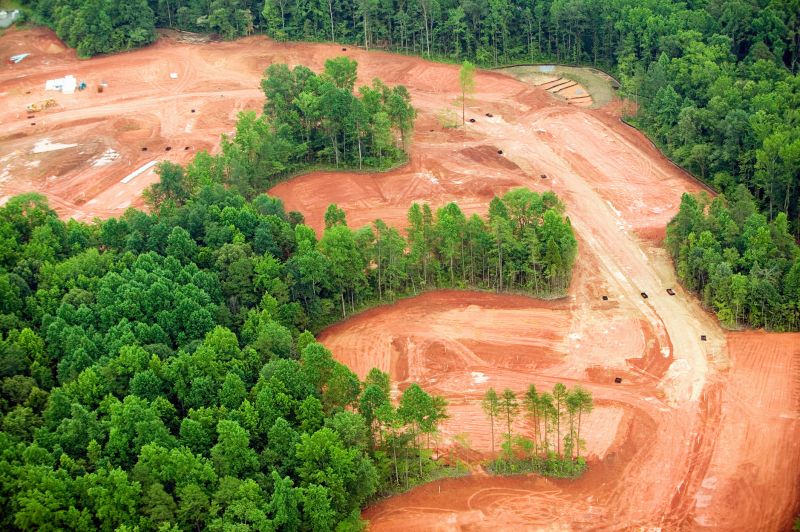
Clearing crews using specialized tools to prepare land for development or agriculture.
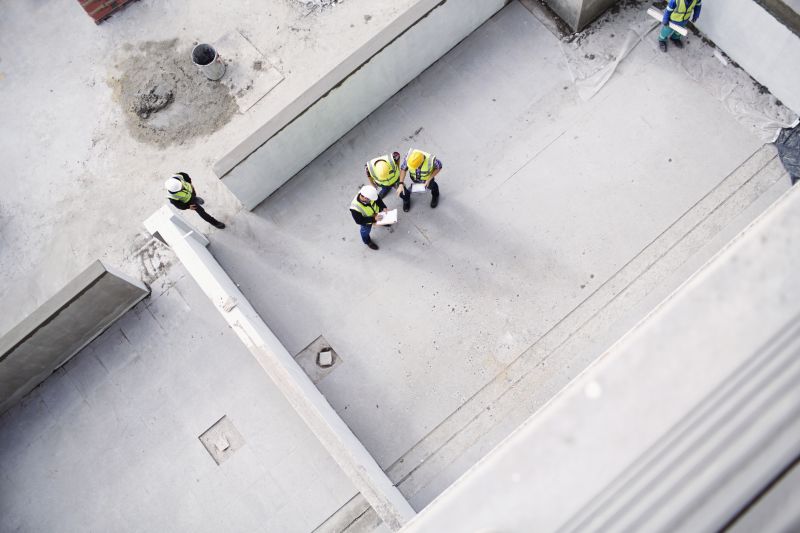
Cleared land ready for foundation work and building projects.
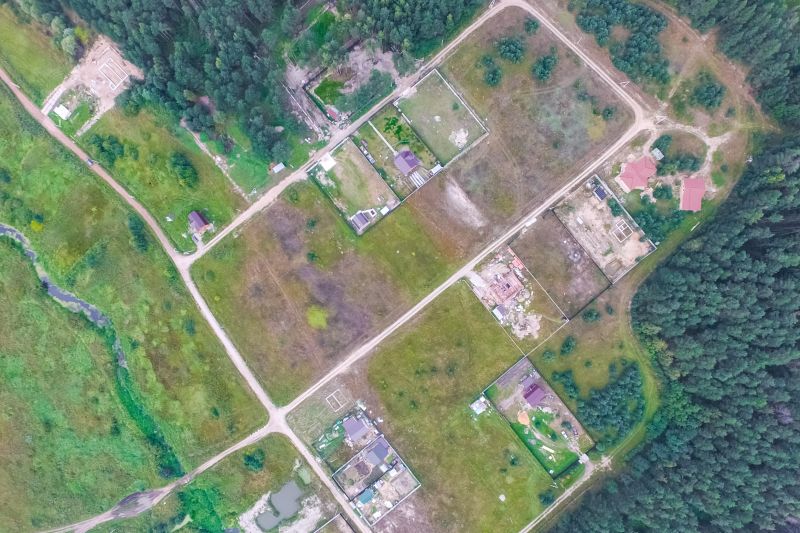
Ways to make Land Clearings work in tight or awkward layouts.
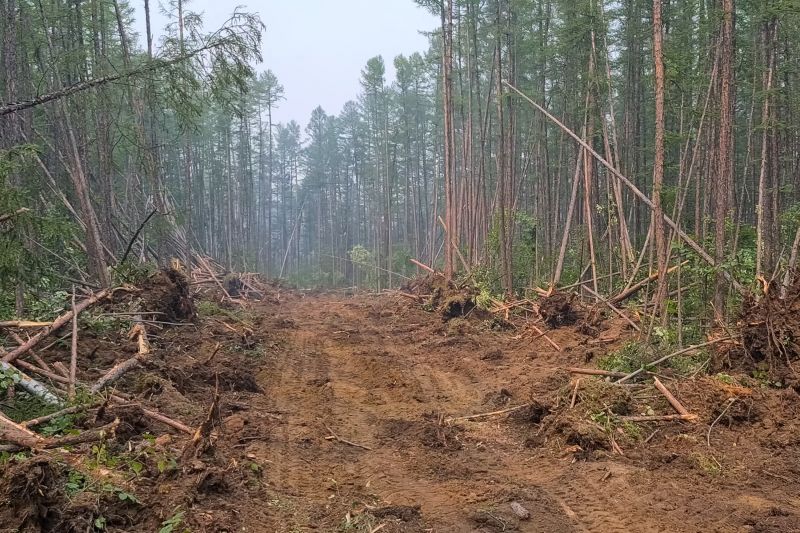
Popular materials for Land Clearings and why they hold up over time.
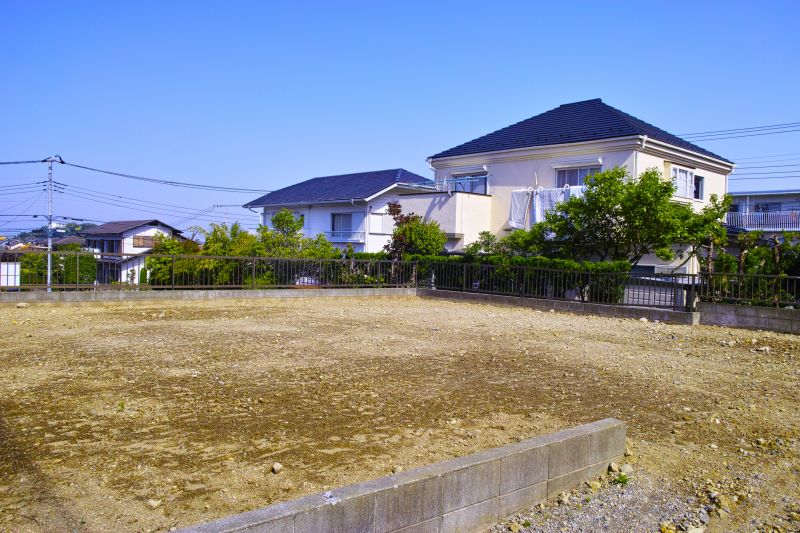
Simple add-ons that improve Land Clearings without blowing the budget.
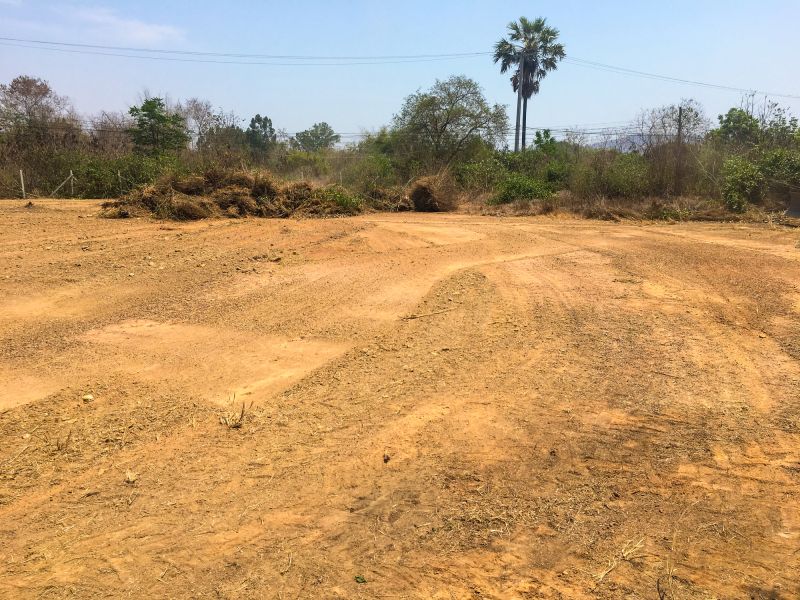
High-end options that actually feel worth it for Land Clearings.

Finishes and colors that play nicely with Land Clearings.
| Season | Best Practices |
|---|---|
| Late Fall | Clear after leaf fall for minimal regrowth. |
| Early Spring | Prepare land before planting season. |
| Summer | Use during dry spells for efficient removal. |
| Winter | Suitable in milder climates with minimal snow. |
| Post-Heavy Storms | Clear after storms to remove fallen debris. |
Land clearings involve the removal of trees, shrubs, and other vegetation to prepare a site for development, agriculture, or other uses. Proper timing ensures that the process is cost-effective and minimizes environmental disruption. Key factors include weather conditions, soil moisture, and vegetation cycles, all of which influence the success and safety of land clearing operations.
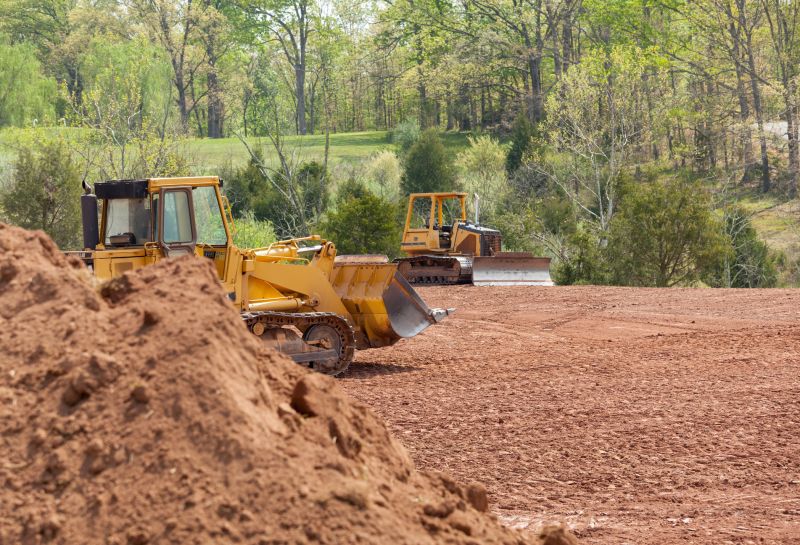
Heavy equipment working on land during optimal conditions.
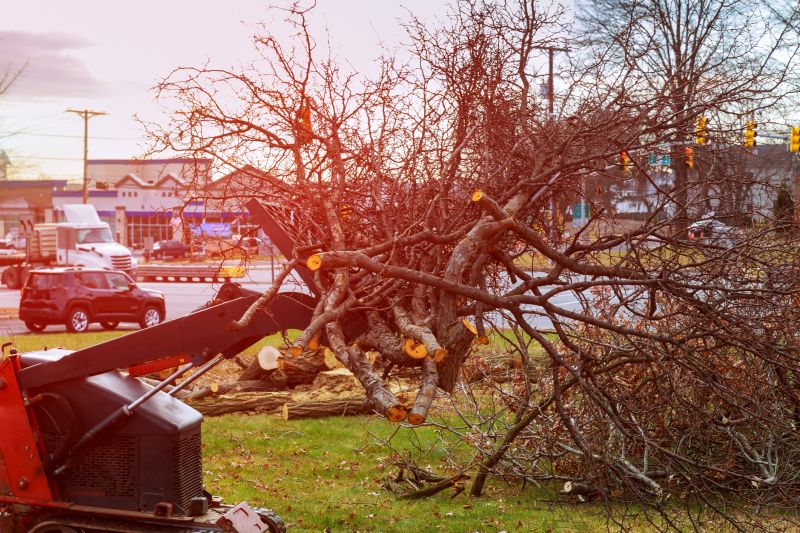
Tools and machinery used to clear brush and trees.
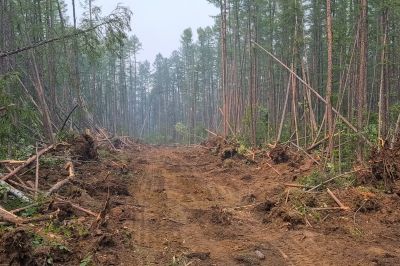
A cleared site ready for construction or planting.

Teams coordinating efforts to efficiently clear land.

Little measurements that prevent headaches on Land Clearings day.
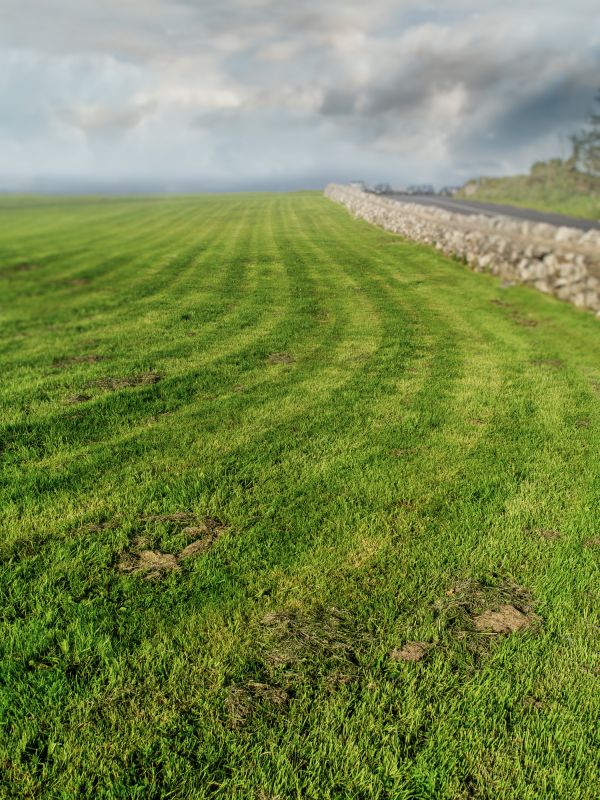
A 60-second routine that keeps Land Clearings looking new.
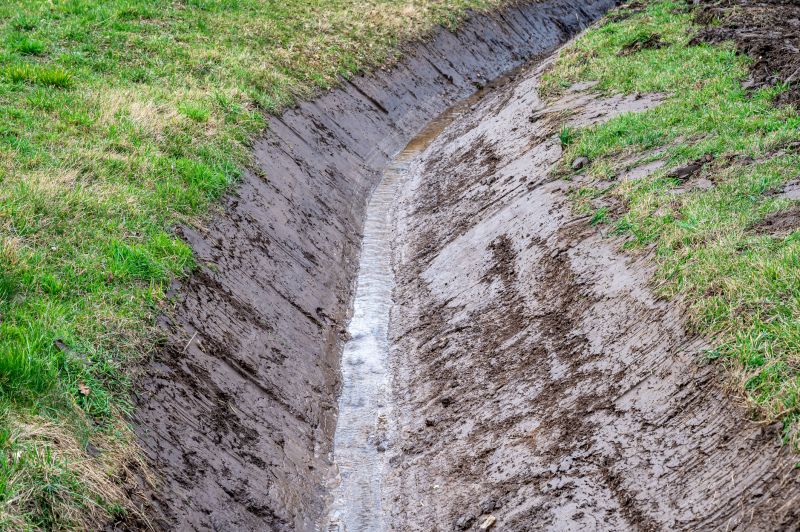
A frequent mistake in Land Clearings and how to dodge it.

Small tweaks to make Land Clearings safer and easier to use.
Interested in scheduling land clearings? Filling out the contact form can help determine the best timing for a specific site and project requirements. Proper planning ensures efficient land preparation aligned with project timelines.
